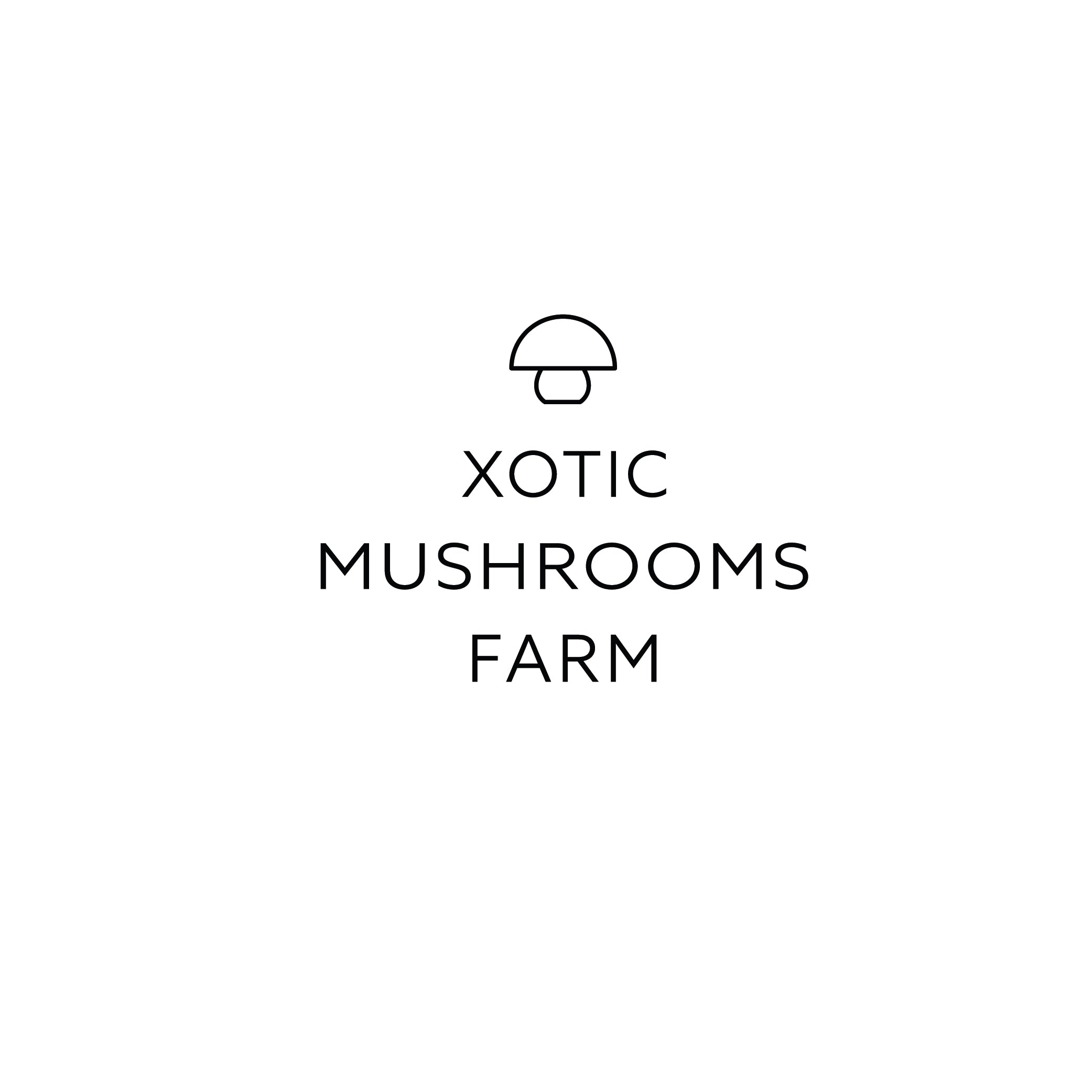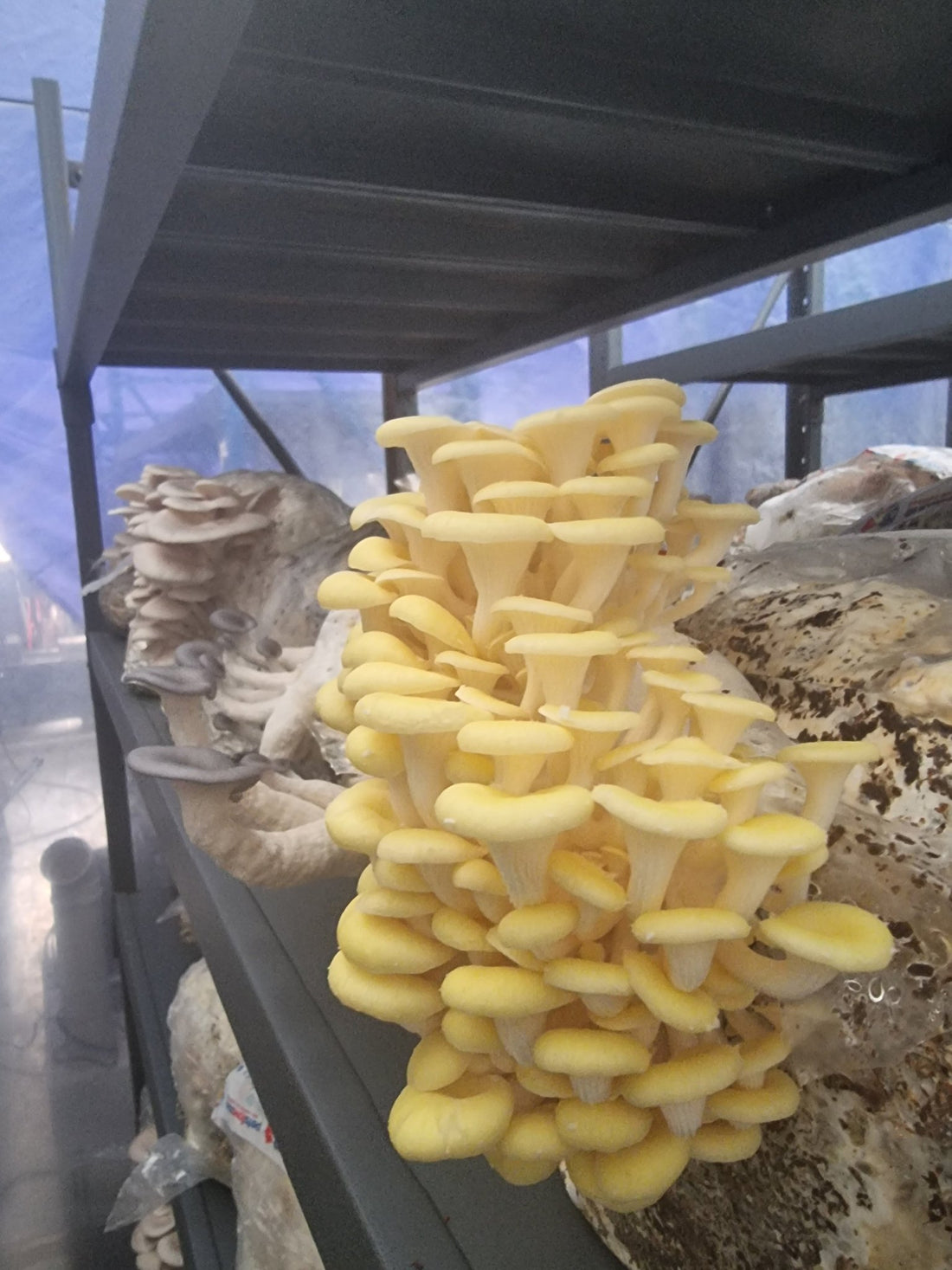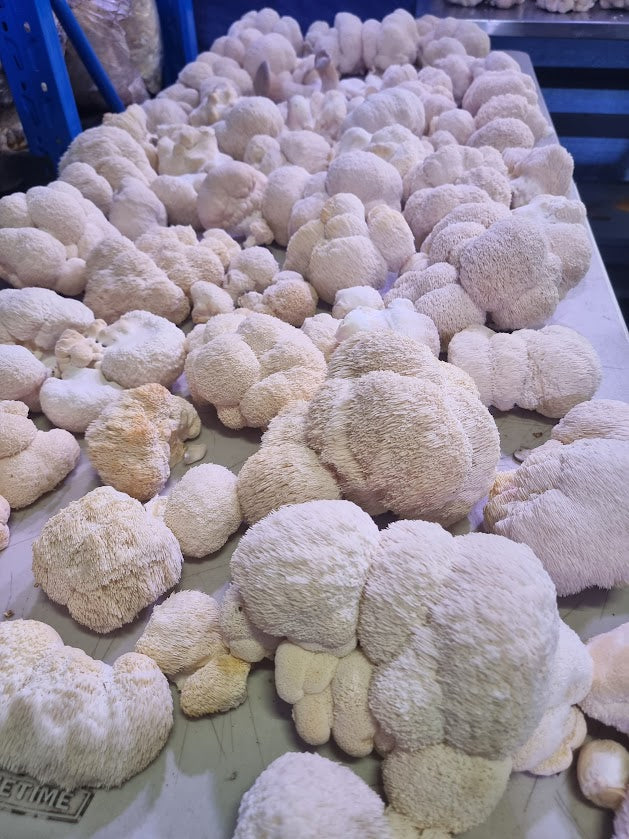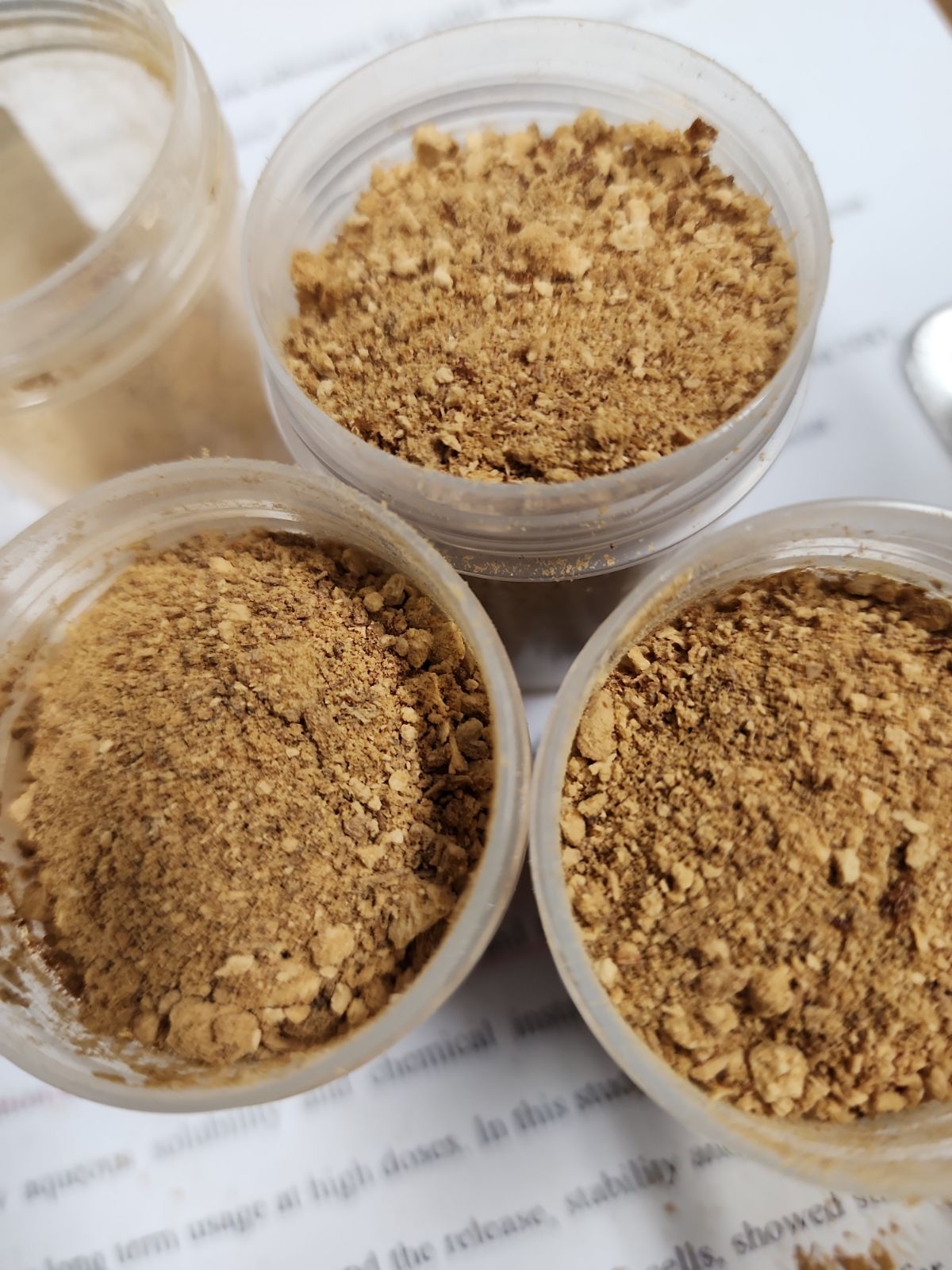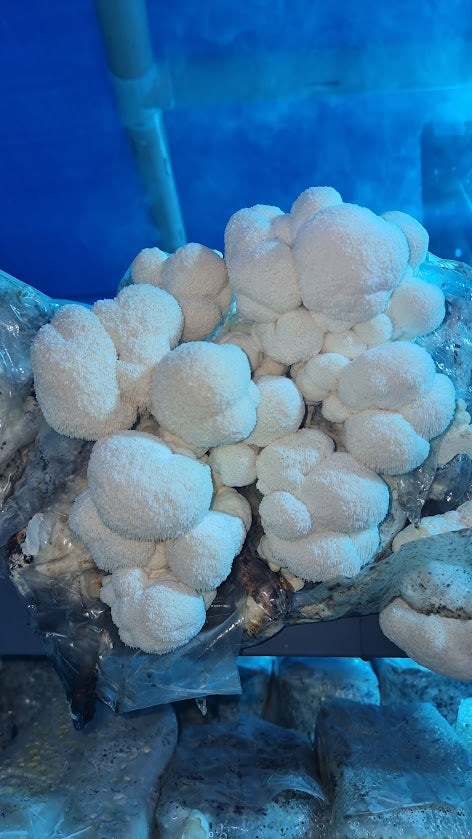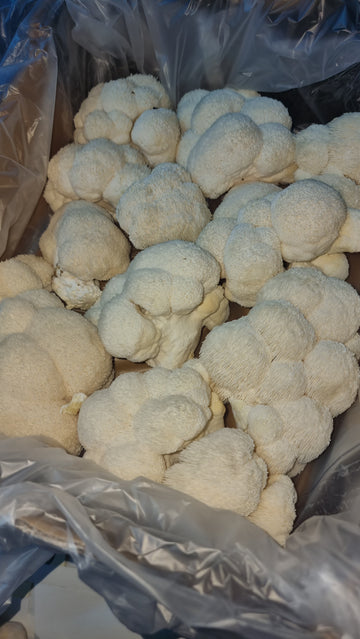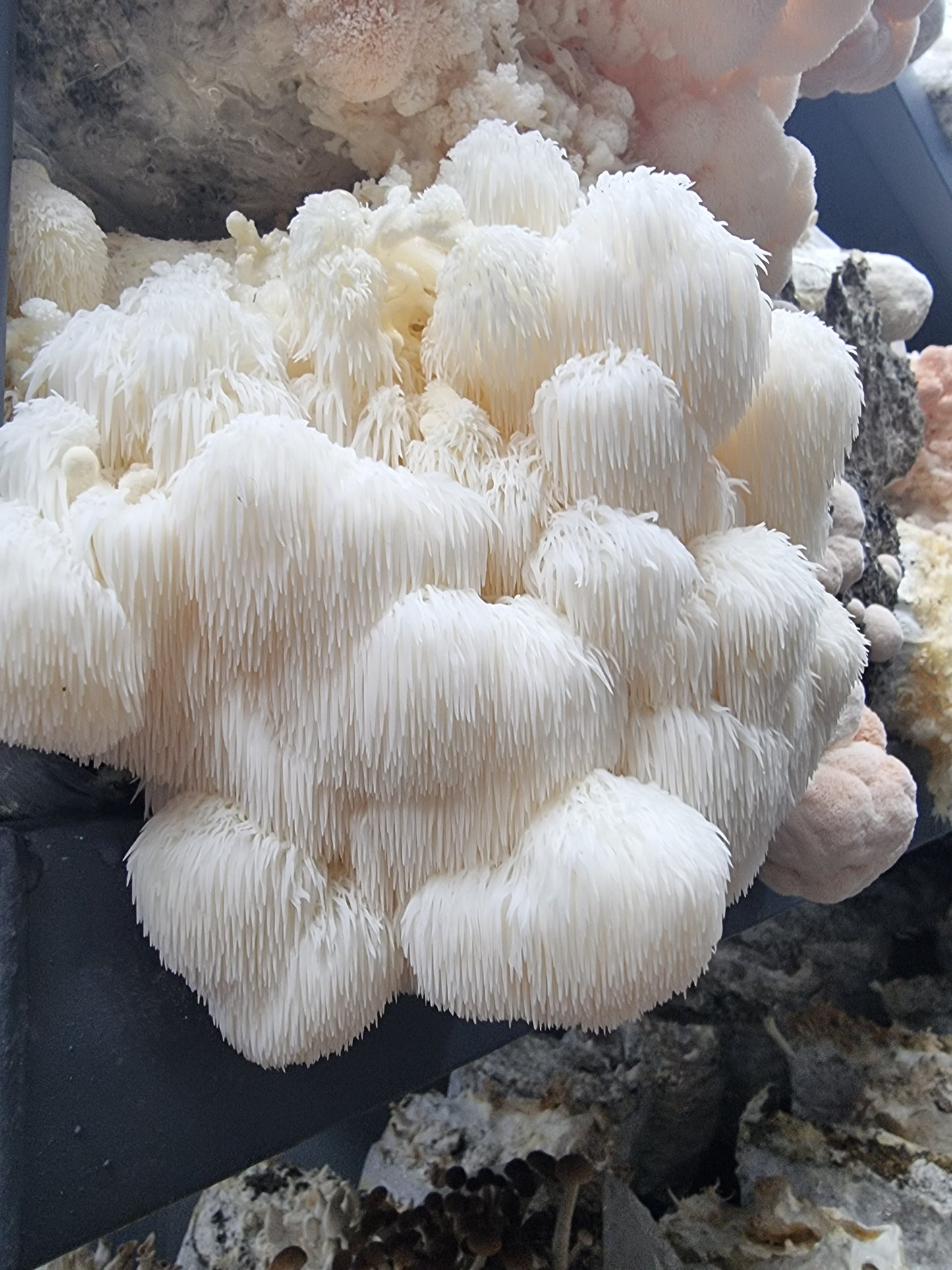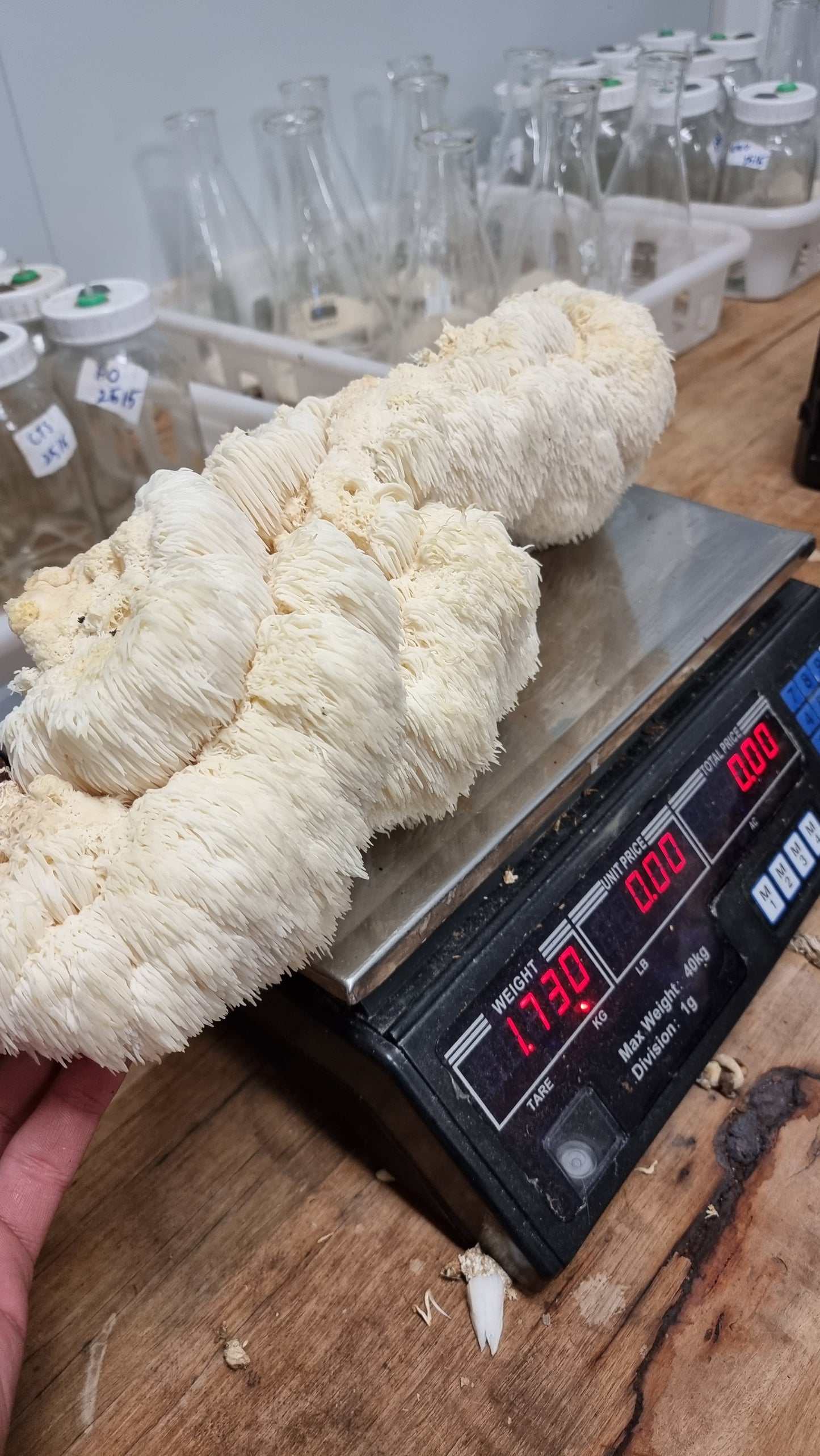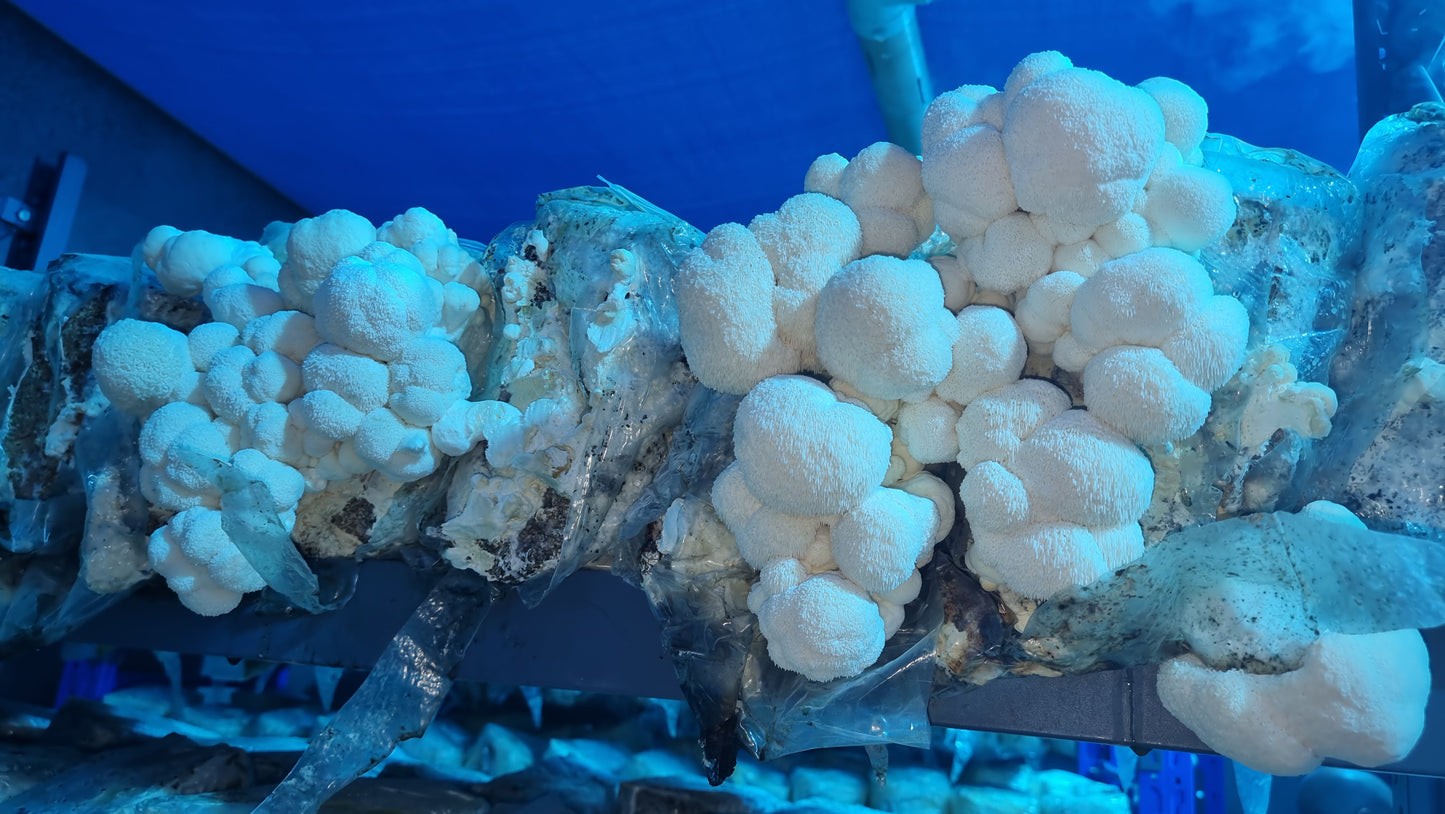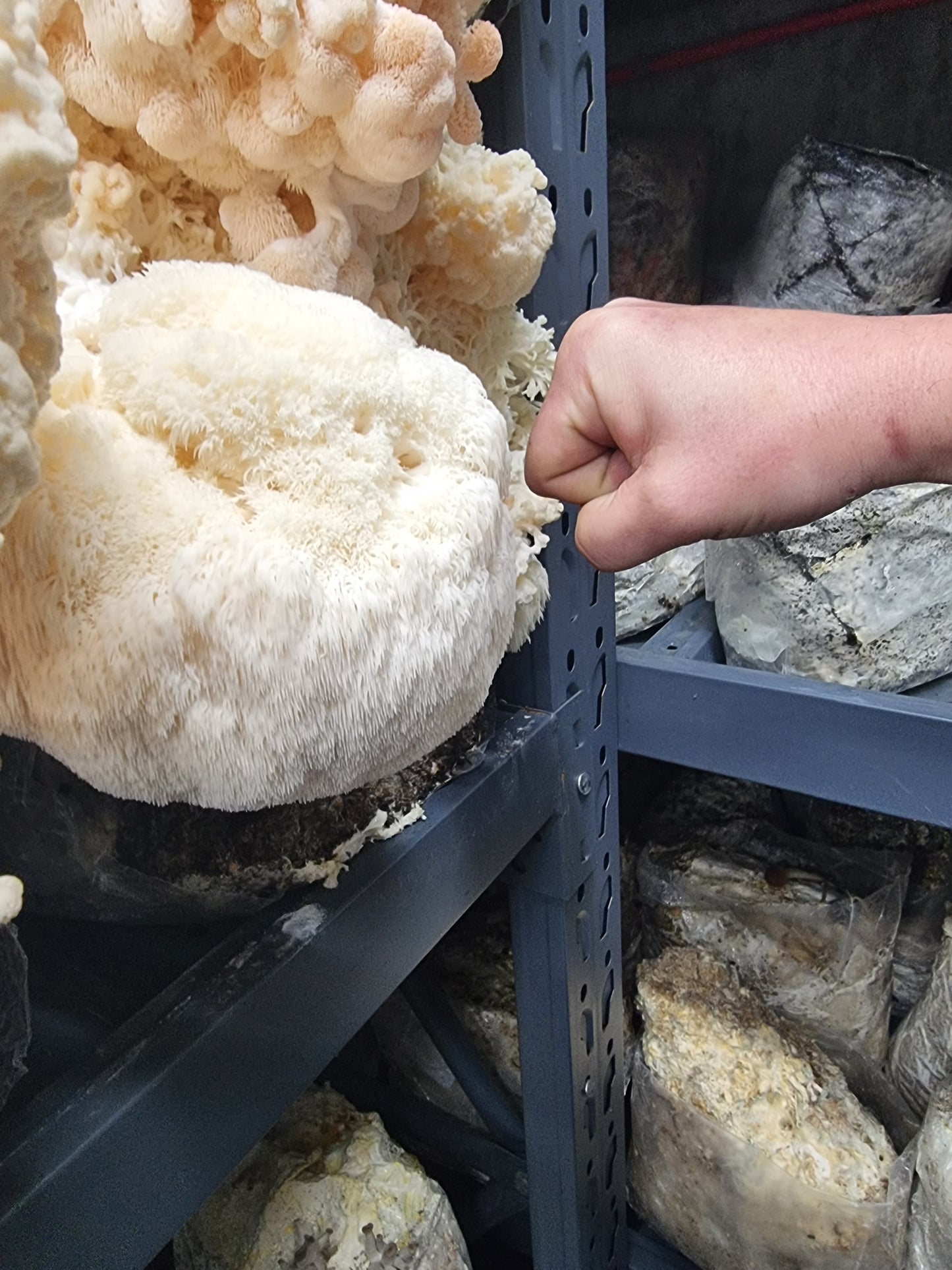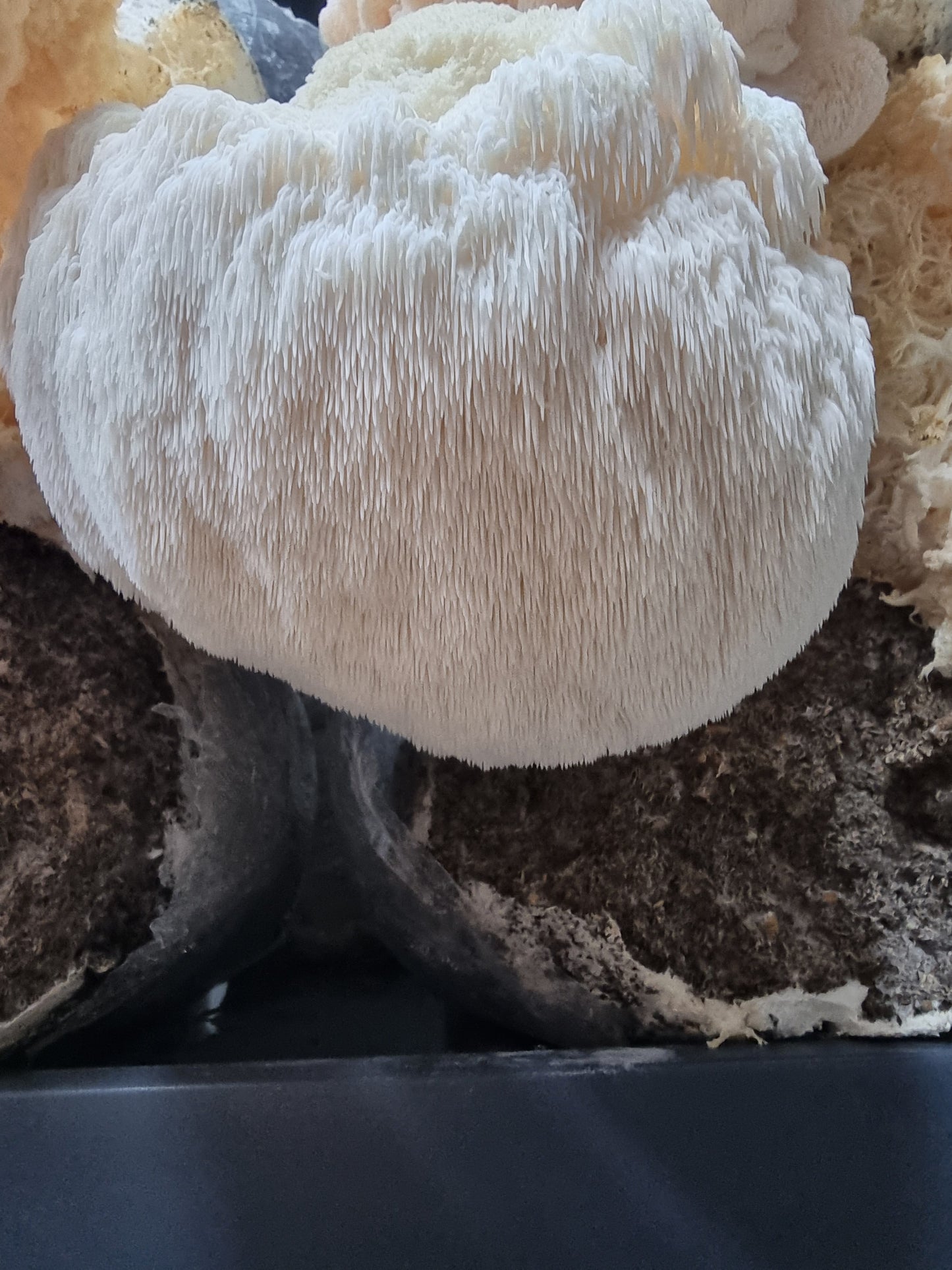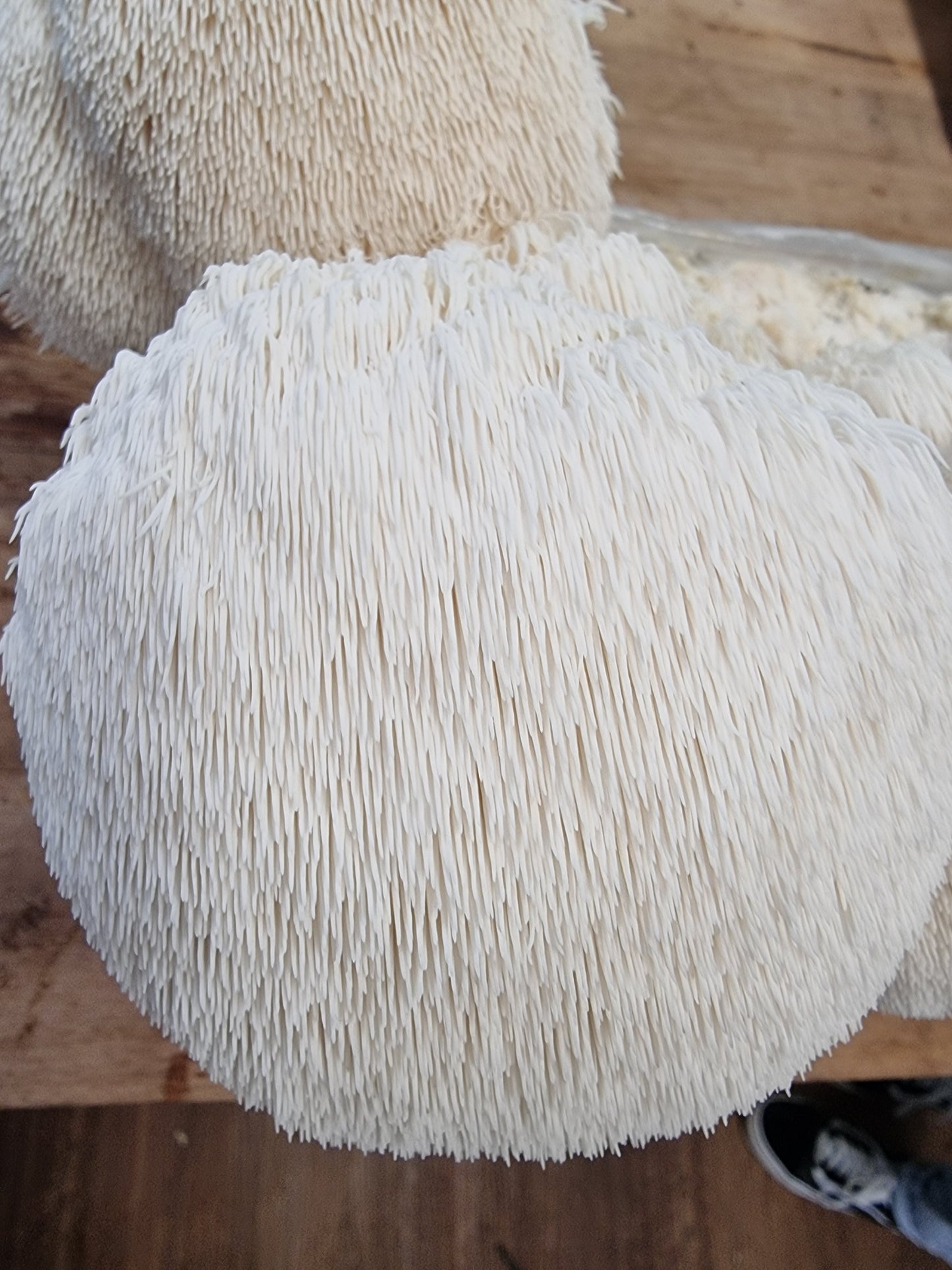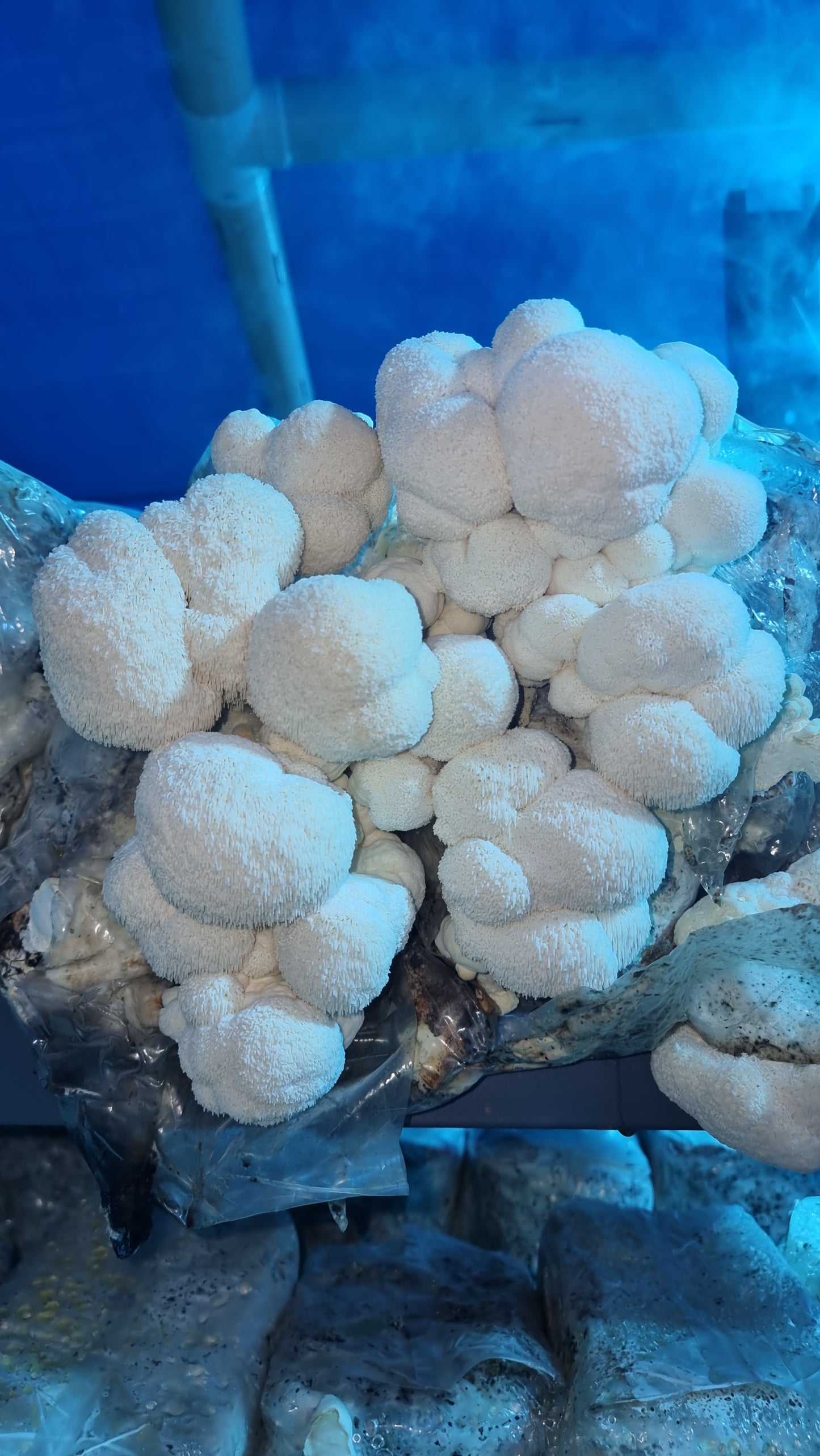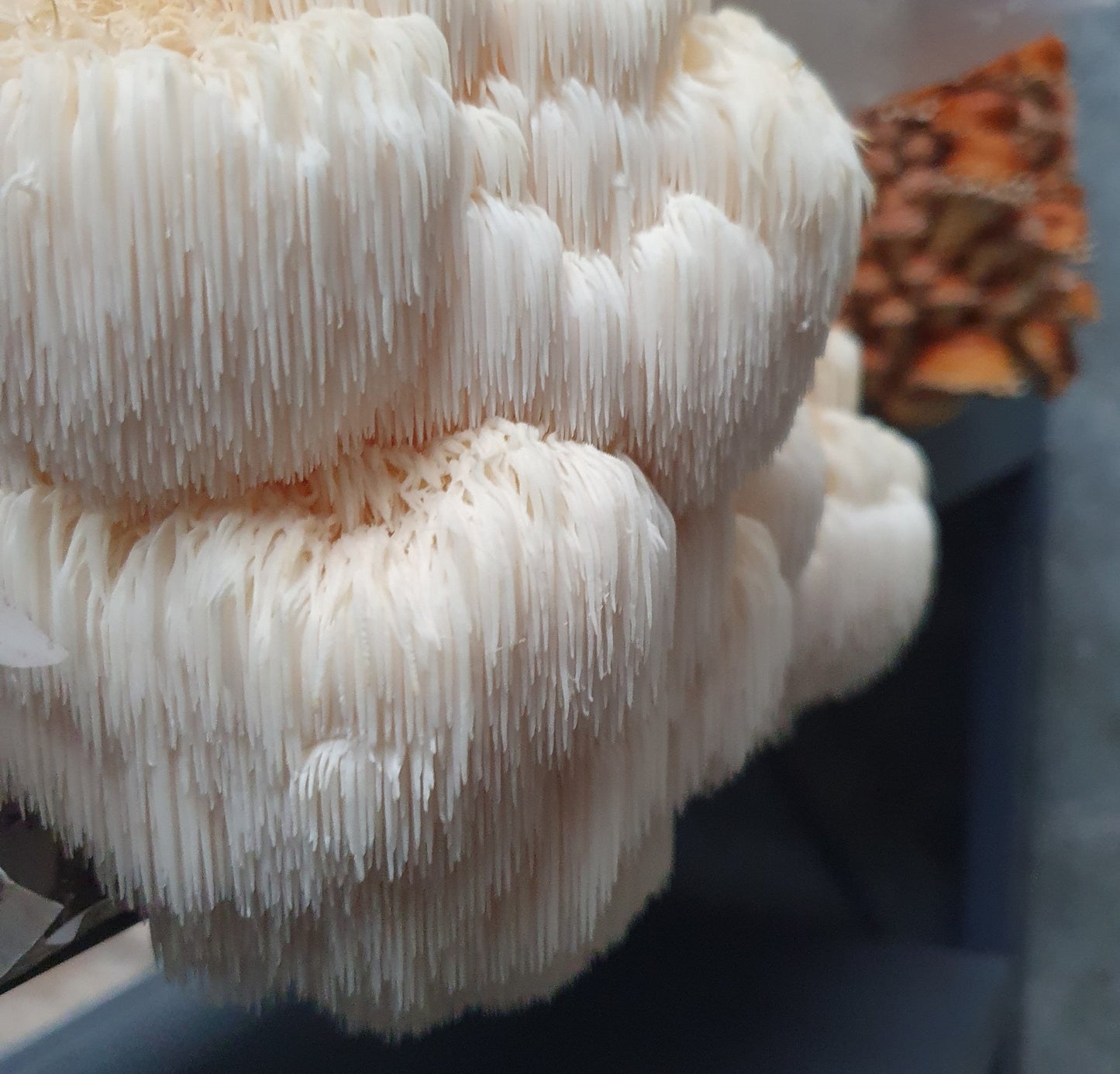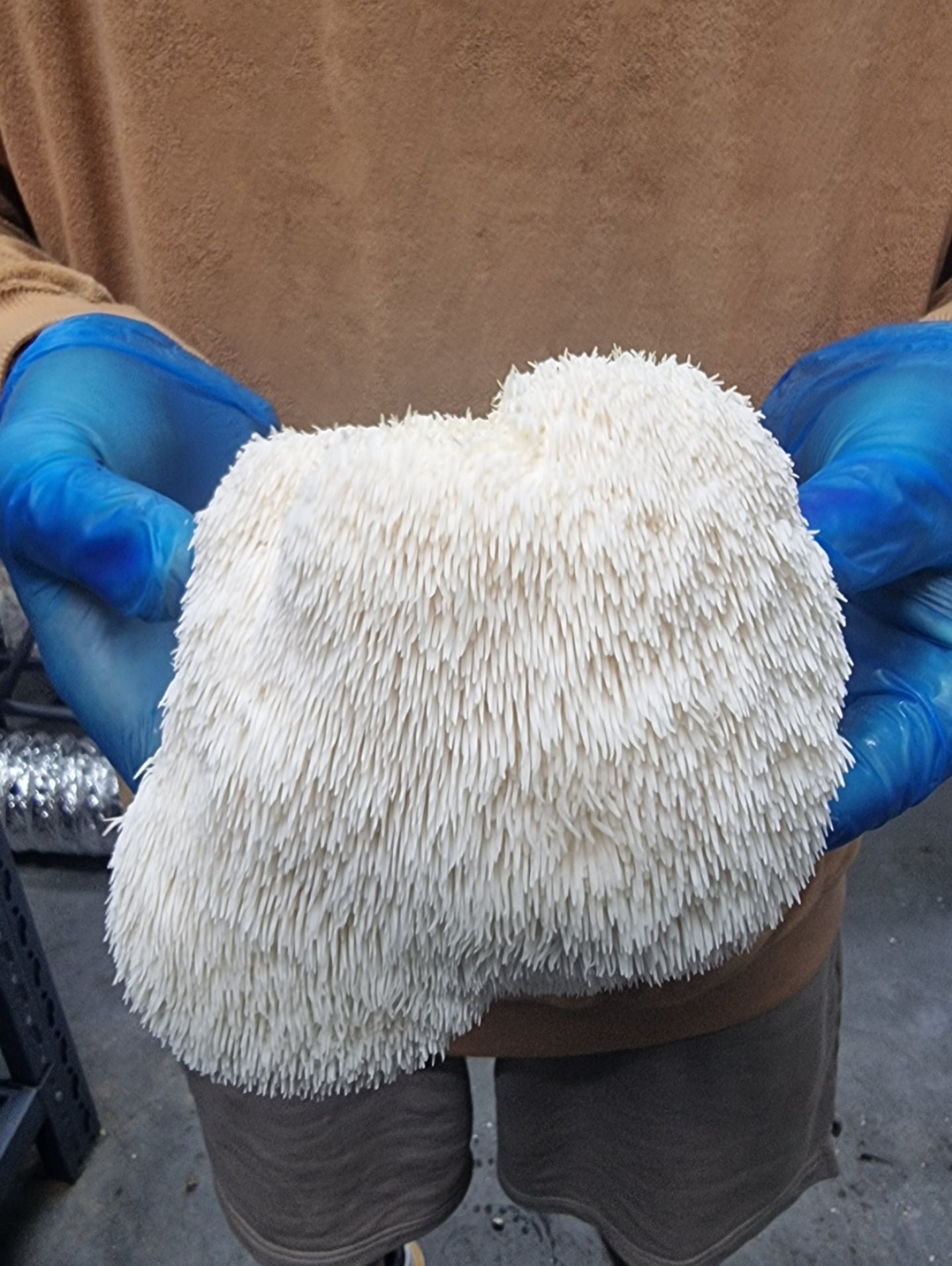Mushrooms, those enigmatic and diverse organisms, have captivated our curiosity for centuries. They are neither animals nor plants but belong to the intriguing world of fungi.
Their reproduction, often shrouded in mystery, is a complex process that combines both sexual and asexual strategies.
In this article, we embark on a journey to uncover the secrets behind how mushrooms reproduce and their vital role in our ecosystems.
Mushroom Reproduction Basics
The world of mushroom reproduction is as diverse as the fungi themselves. It encompasses sexual and asexual methods that are adapted to various environmental conditions.
Sexual Reproduction in Mushrooms
At the heart of mushroom reproduction lies sexual exchange, a remarkable dance of genetic information.
What is Sexual Reproduction?
Sexual reproduction involves the fusion of genetic material from two distinct mushrooms. This process enhances genetic diversity and fosters the survival of fungi in changing environments.
The Role of Basidiospores
Basidiospores are the protagonists of mushroom reproduction. These specialized cells contain nuclei that facilitate the creation of male and female gametes. The male gametes are released into the air, while the female gametes remain within the mushroom, awaiting fertilization.
The Process of Conjugation
Conjugation is the sexual reproductive strategy of fungi. It occurs when two genetically compatible mushrooms join forces to exchange vital genetic information. Compatibility in size, shape, and color is essential for this process to succeed.
Factors Influencing Compatibility
While mushrooms engage in sexual reproduction, compatibility hinges on factors like genetic traits, environmental conditions, and the complex interplay of mycelial networks.
Asexual Reproduction in Mushrooms
Beside sexual reproduction, mushrooms are masters of asexual propagation, a fascinating strategy for self-propagation.
Unveiling Asexual Reproduction
Asexual reproduction is a process that doesn't involve the fusion of sex cells. Instead, mushrooms can produce genetically identical offspring independently, maintaining their unique genetic makeup.
Spore Reproduction: A Close Look
Spore reproduction is a hallmark of asexual reproduction. Mushrooms release spores that are carried by air currents to suitable surfaces, where they germinate and grow into new mushrooms.
Fragmentation: Splitting for Success
Fragmentation involves the splitting of an organism into two pieces, with each fragment giving rise to a new individual mushroom. This method is particularly useful for mushrooms colonizing new areas.
Budding: New Growth from Within
Budding occurs when an organism grows from its side or base to form a new individual. This process is yet another testament to the adaptability and resourcefulness of mushrooms.
Benefits of Mushroom Reproduction
Mushroom reproduction isn't merely a biological process; it's a vital player in ecosystem health and diversity.
- Diverse Life on Earth: Mushroom reproduction contributes to the rich tapestry of life on Earth. The diverse strategies fungi employ ensure their ability to thrive in various habitats.
- Nutrient Cycling and Organic Matter Breakdown: Mushrooms play a crucial role in nutrient cycling and organic matter decomposition. They release nutrients into the soil, helping maintain ecosystem balance.
- Mushrooms in the Food Chain: The presence of mushrooms in the food chain provides sustenance for various animals. Their reproductive endeavors support ecosystems and the creatures within them.
- Environmental Impact and Balance: Despite their important ecological contributions, mushrooms' high carbon footprint raises questions about their environmental impact. The need for external energy sources and their intricate reproductive mechanisms warrant careful consideration.
Mushroom Reproduction and the Environment
The interplay between mushrooms and their surroundings is a dynamic and impactful relationship.
Role of Mushrooms in Ecosystems
Mushrooms serve as pioneers in disturbed areas, aiding in the restoration of ecosystems. Their ability to break down organic matter contributes to soil health.
Carbon Footprint and Energy Consumption
Mushrooms, devoid of chlorophyll, rely on external energy sources for growth. This reliance contributes to their carbon footprint and energy consumption.
Spore Dispersal and Plant Growth Enhancement
Mushroom spores, released into the air, can have a substantial impact on plant growth. They enhance nutrient availability and provide a mechanism for plant colonization.
Factors Influencing Mushroom Reproduction Time
The time it takes for mushrooms to reproduce is influenced by various factors, shedding light on their diverse timelines.
Species Variability and Reproduction
Different mushroom species exhibit varying reproductive timelines. Some species reproduce rapidly, while others take weeks to complete their life cycle.
Size Matters: Small to Large Mushroom Reproduction
Mushroom size is another determining factor in reproduction time. Smaller mushrooms may reach maturity within a day, while larger ones require several days or even weeks.
Frequently Asked Questions about Mushroom Reproduction
How do mushrooms reproduce?
Mushrooms employ both sexual and asexual methods for reproduction, contributing to their adaptability and survival.
What is the role of spores in mushroom reproduction?
Spores are pivotal in mushroom reproduction. They serve as reproductive cells, initiating the growth of new fungal structures.
Can mushrooms reproduce without spores?
Yes, mushrooms can reproduce asexually through methods such as fragmentation and budding, bypassing the need for spores.
How does sexual reproduction in mushrooms work?
Sexual reproduction involves the fusion of genetic material from two distinct mushrooms. This results in offspring with diverse genetic traits.
What benefits do mushroom reproduction bring to the environment?
Mushroom reproduction contributes to ecosystem health through nutrient cycling, organic matter breakdown, and support for the food chain.
How long does it take for mushrooms to reproduce?
Mushroom reproduction time varies based on species and size. Smaller mushrooms can reproduce within hours, while larger ones may take days to weeks.
Conclusion
Mushrooms' ability to reproduce through diverse methods reflects their resilience and adaptability.
Their role in ecosystem health, nutrient cycling, and genetic diversity underscores their significance in our natural world.
As we unravel the intricacies of mushroom reproduction, we gain a deeper appreciation for the vital role these fascinating fungi play in shaping our planet.
